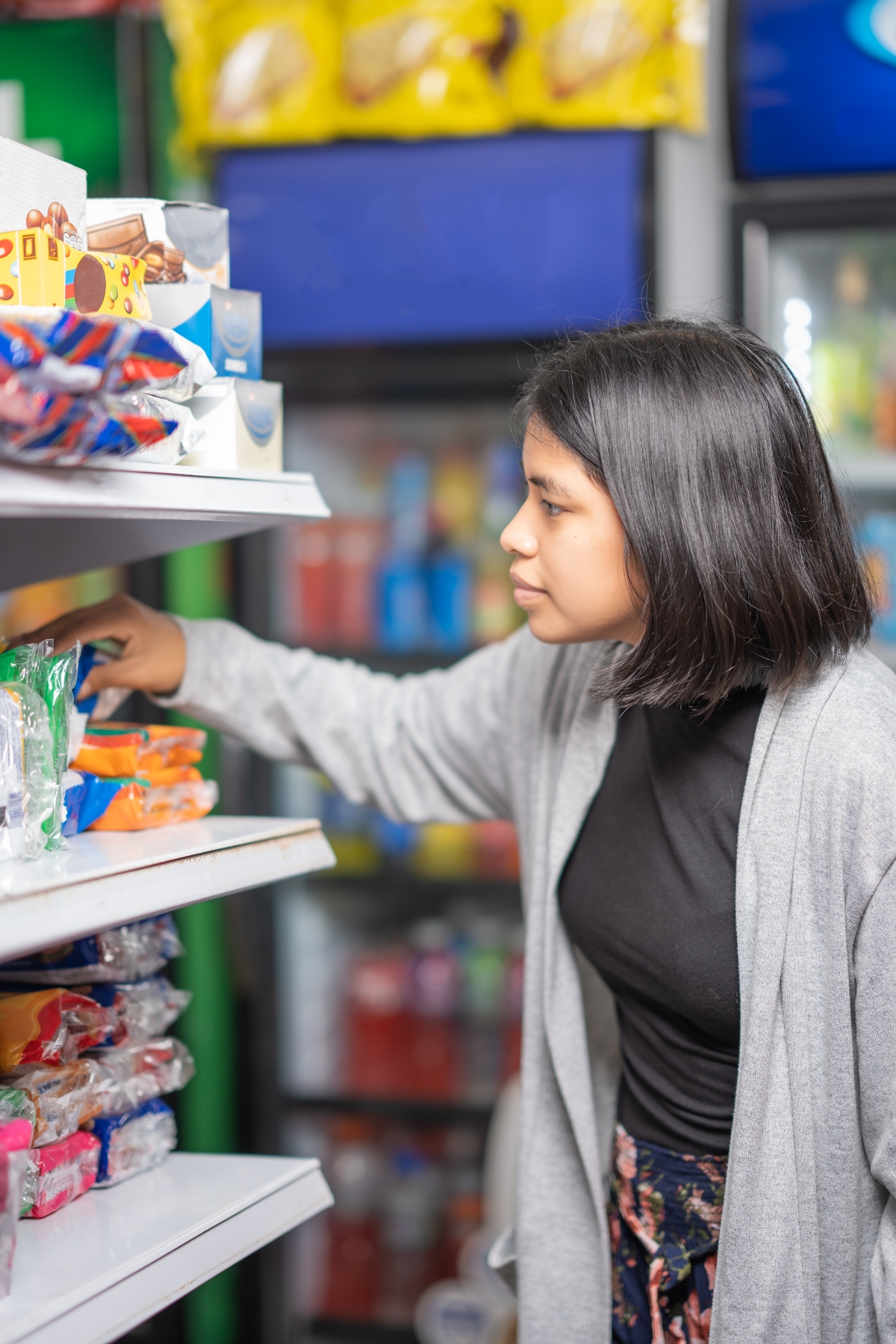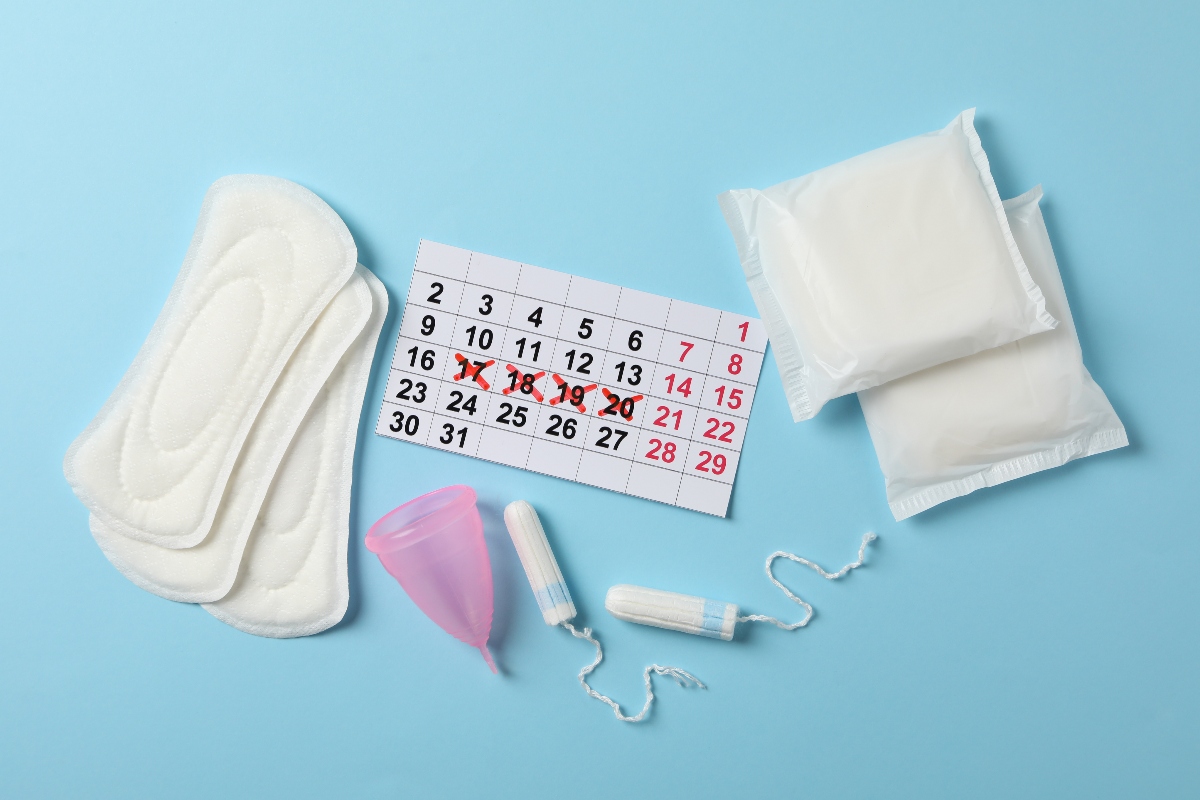Cravings during the menstrual cycle are something that many women experience, and for Latinas, they can be marked by the cultural influence of rich, traditional foods.
But why do these cravings occur and how do they affect our health? Here we explore the connection between what you eat and your well-being during the menstrual cycle.
Why do cravings occur?

Cravings are related to hormonal changes during the menstrual cycle.
Estrogen and progesterone levels fluctuate, which can affect the balance of serotonin, a neurotransmitter associated with mood and appetite.
According to the American Journal of Clinical Nutrition, these variations can trigger cravings for foods rich in carbohydrates and sugars, such as chocolate or breads.
In the Latino community, this often includes desserts such as rice pudding or sweet tamales, which, while delicious, can be less healthy in large quantities.
Los antojos están relacionados con los cambios hormonales durante la menstruación
QuéOnnda.com
Foods that relieve symptoms

Some foods can help reduce cramping and other menstrual symptoms. For example:
Citrus fruits: Rich in vitamin C, they help reduce inflammation.
Beans and lentils: High in iron, essential to replace what is lost during the period.
Avocado: Source of healthy fats that support hormonal health.
What you should limit

On the other hand, certain foods can worsen symptoms.
Foods high in sodium, such as processed snacks, can contribute to fluid retention and bloating.
Also, caffeinated beverages may increase irritability.
Tips for managing cravings
Prepare healthy versions of your favorites. Instead of eating processed cakes or cookies, opt for a homemade dessert with healthier ingredients, such as oatmeal or natural cocoa.
Maintain a balance. It’s not about eliminating your favorite foods, but about moderating portions. For example, if you crave a tamale, pair it with a fiber-rich salad for balance.
Drink enough water. Hydration is key to relieving swelling and keeping the body in balance during the menstrual cycle.
For more health tips, visit QuéOnnda.com.























